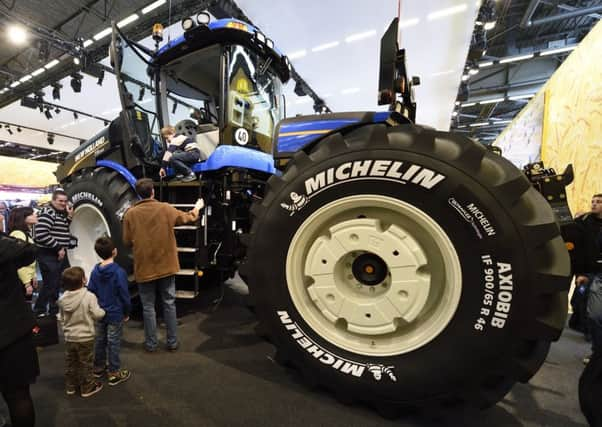Co-operation and cutting costs are key to the future


And while recognising that things were likely to be tough over the next few years, speakers at yesterday’s meeting of the Scottish Agricultural Organisation Society gave pointers to weathering the current downturn.
Justin McCarthy, the dynamic chief executive and editor of the Irish Farmers Journal, told the annual gathering of the agricultural co-operative movement that farmers shouldn’t just wait around hoping for an improvement in the prices of their commodities.
Advertisement
Hide AdAdvertisement
Hide Ad“If you are relying on better prices to come to the rescue then you need to take a look at the figures from the past five years or so when most sectors hit a price peak – for these brought no sustained improvement profitability,” he warned.
He said that a monitor farm-type project looking at beef production run by his organisation in Ireland had shown that considerable improvements in profitability could be obtained by concentrating on performance – and keeping costs down: “I have no doubt that farmers can improve their lot – but only if they are willing to embrace change.”
Andrew Gilchrist, of the advisory group Scottish Agronomy, said that the arable sector was currently focusing on survival – but agreed that change would be required for producers to weather the current storm.
Performance was once again a crucial area, with Gilchrist stating that the difference between profit and loss was often down to the basic measure of yield per acre.
He said that while there was little room to cut back on some inputs, a careful analysis of costs and benefits from some of the sprays which had been used as an insurance measure could result in considerable savings if other options such as varietal resistance, protective products and biological controls were fully utilised.
Another area which drew his attention was the costs of machinery. “The average farm tractor currently costs in the region of £80,000 – and the current annual use of that machine is around the 1,600 hours per year mark – equating to less than a 14 per cent utilisation,” he said.
He said that machinery had to be worked harder by either adopting double driver shifts or sharing with other farmers.
The theme of Scottish farming being “over-tackled” was also taken up by well-known north-east farm consultant Peter Cook, who said this was a prime area where more collaboration could help farmers save money, including the use of machinery rings.